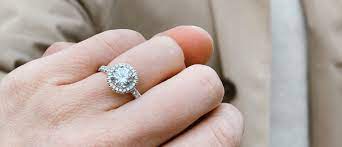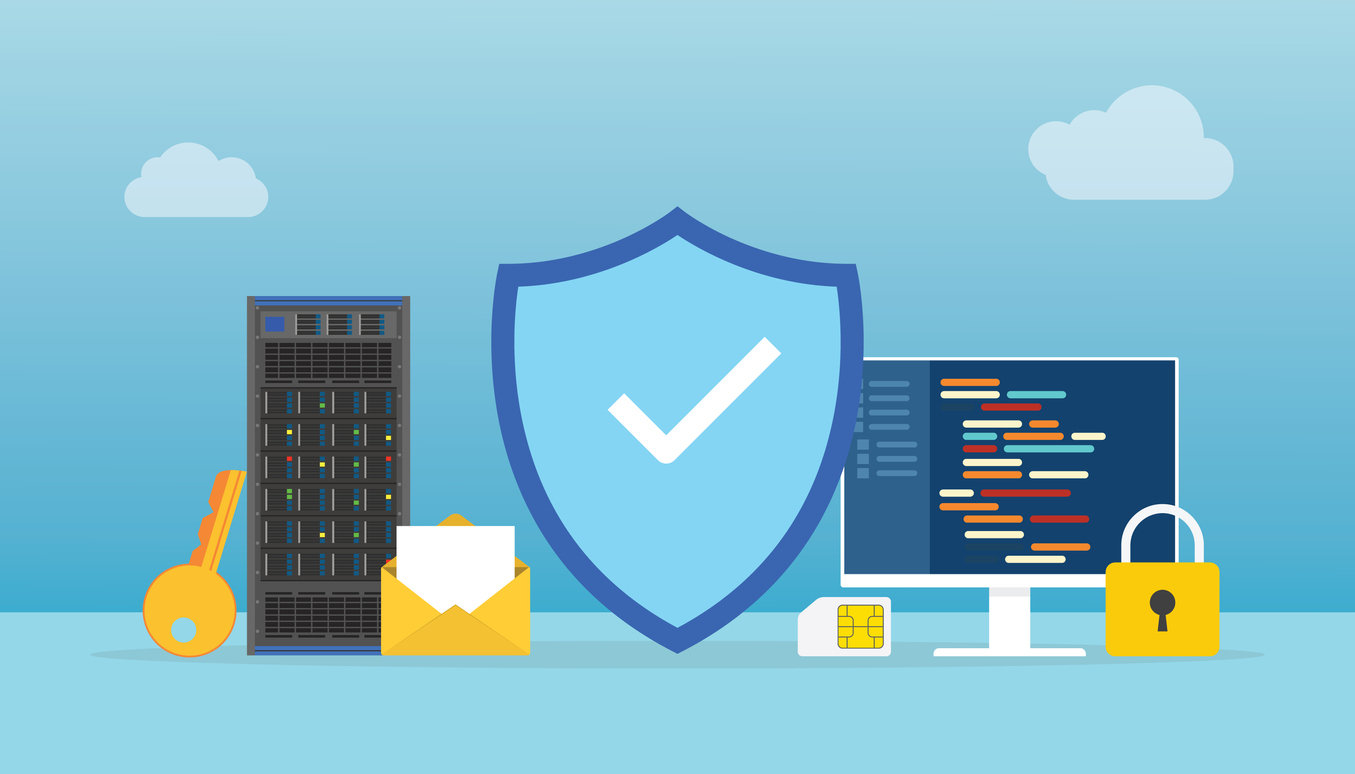Expert Ear Wax Removal: Consult the Best Doctor for Safe and Effective Treatment
Experiencing discomfort or hearing loss due to ear wax buildup? Consult a trusted ear wax removal doctor for safe and effective treatment to restore your hearing and ear health.

Ear wax is a natural substance produced by the glands in your ear canal, serving a crucial purpose by protecting your ears from dirt, dust, and infections. However, when ear wax builds up excessively, it can lead to discomfort, hearing loss, and other health issues. While many people try to address this issue on their own with cotton swabs or other home remedies, improper ear wax removal can often make the situation worse. For safe and effective ear wax removal, consulting an ear wax removal doctor is the best course of action.
In this article, we will discuss why ear wax removal is important, when to consult an ear wax removal doctor, and the most common methods used for ear wax removal. We’ll also look at how to find the right doctor and what to expect during your visit. If you’ve been struggling with ear wax issues, read on to discover how an expert can help restore your ear health.
Why Ear Wax Removal is Important
While ear wax (also known as cerumen) is necessary for ear health, too much of it can cause a variety of problems. Here are some common issues caused by excessive ear wax build-up:
1. Hearing Loss
Excess ear wax can block the ear canal, leading to partial or complete hearing loss. This is often described as a feeling of fullness or muffled sounds. Over time, untreated ear wax buildup can become more severe and impair your ability to hear clearly.
2. Earache or Discomfort
Excessive ear wax can cause pain, pressure, or a feeling of fullness in the ear. This can be particularly uncomfortable, making it difficult to focus or carry on with daily activities.
3. Tinnitus (Ringing in the Ears)
A blockage of ear wax can lead to tinnitus, a condition where you hear a ringing, buzzing, or hissing sound in the ears. This constant noise can interfere with sleep and overall quality of life.
4. Itching and Irritation
When ear wax accumulates, it can irritate the skin inside the ear canal, leading to itching. This can make the condition worse, especially if you attempt to remove the wax using cotton swabs or other objects, which can push the wax deeper.
5. Infections
If ear wax is not removed properly, it can trap bacteria and debris, leading to ear infections. Symptoms of an ear infection include pain, swelling, fever, and fluid drainage from the ear. In some cases, untreated infections can lead to more severe complications.
When Should You Consult an Ear Wax Removal Doctor?
While some ear wax buildup can be managed with home remedies, it’s crucial to know when it’s time to consult an ear wax removal doctor. Here are some signs that you should seek professional care:
1. Persistent Hearing Loss or Muffled Sounds
If you experience a sudden decrease in hearing or a feeling that your ears are “clogged,” this could be a sign of significant wax buildup. A doctor can safely remove the wax and restore your hearing.
2. Ear Pain or Discomfort
If you’re experiencing persistent pain or discomfort in your ears, it could be due to an ear wax blockage. A doctor can determine the cause and provide appropriate treatment to relieve the pain.
3. Tinnitus
If you’re hearing a ringing or buzzing sound in your ears that doesn’t go away, ear wax could be the culprit. An ear wax removal doctor can assess the situation and help eliminate the wax that may be contributing to the problem.
4. Itching or Fluid Drainage
Itching inside the ear canal or unusual fluid drainage can be a sign of a wax buildup or infection. An ear doctor can safely remove the wax and treat any underlying issues.
5. Difficulty Removing Ear Wax at Home
If you’ve tried at-home remedies like using ear drops or ear irrigation without success, it’s time to consult a professional. Doctors have the necessary tools and expertise to remove ear wax safely and effectively.
Common Methods of Ear Wax Removal
There are several methods used by ear wax removal doctors to clear blockages and relieve symptoms. The method chosen depends on the severity of the wax buildup and the patient’s overall health. Below are the most common techniques:
1. Manual Removal (Curette or Forceps)
In this method, the doctor uses specialized instruments such as a curette (a small, looped tool) or forceps to gently remove the ear wax. This is often the preferred method for patients with mild to moderate wax buildup.
2. Ear Irrigation
Ear irrigation is a technique that involves flushing the ear canal with warm water or a saline solution to soften and remove the wax. This method is commonly used when the wax is soft and can be easily flushed out without causing discomfort. It’s important to have a professional perform this method to avoid damaging the ear canal.
3. Suction
For cases where the ear wax is particularly hard or impacted, doctors may use a gentle suction device to remove the wax. This method is effective for patients with severe blockages and ensures that the ear canal is not injured during the removal process.
4. Microsuction
Microsuction is a more advanced technique that uses a small suction device along with a microscope to safely remove ear wax. This method is ideal for people with very sensitive ears or those who have had previous ear problems. Microsuction provides a precise and effective way to remove wax without pushing it further into the ear canal.
5. Ear Drops
If your doctor determines that the wax is soft enough, they may recommend ear drops that help dissolve the wax before removal. These drops are typically made of hydrogen peroxide, saline, or mineral oil and can be used at home or in a clinical setting.
Why See an Ear Wax Removal Doctor Instead of Trying Home Remedies?
Many people attempt to remove ear wax at home using cotton swabs, ear candles, or other objects. However, this can lead to further complications, including:
- Pushing the wax deeper into the ear: Using cotton swabs or objects can push the wax deeper into the ear canal, making the problem worse.
- Injury to the ear canal or eardrum: Inserting objects into the ear can cause scratches, infections, or even puncture the eardrum, leading to permanent hearing loss.
- Increased risk of infection: Improper removal can trap bacteria in the ear canal, leading to painful ear infections.
- Worsening symptoms: Attempting to remove ear wax without proper knowledge or tools may worsen the blockage and lead to more serious issues.
Consulting a professional ear wax removal doctor ensures that the wax is removed safely and effectively, preventing any potential damage to your ear and preserving your hearing.
How to Find the Best Ear Wax Removal Doctor
When looking for a trusted ear wax removal doctor, there are several factors to consider:
1. Specialization and Expertise
Look for an ENT (Ear, Nose, and Throat) specialist or an audiologist with experience in ear wax removal. These professionals have the necessary training to handle any complications that may arise during the procedure.
2. Reputation and Reviews
Check online reviews and ask for recommendations from family, friends, or healthcare providers. A doctor with a good reputation will have positive feedback from patients who have undergone ear wax removal procedures.
3. Technology and Equipment
Choose a doctor or clinic that uses the latest technology and equipment for ear wax removal. Advanced tools like microsuction or suction devices provide the safest and most effective removal methods.
4. Comfortable and Clean Environment
Ensure that the clinic or hospital where you will be treated follows proper hygiene standards. The environment should be clean, comfortable, and equipped with the latest tools for ear care.
5. Consultation and Diagnosis
Before any procedure, make sure the doctor thoroughly examines your ears and provides a proper diagnosis. A professional will offer you the right treatment options based on your specific condition.
What to Expect During an Ear Wax Removal Appointment
During your consultation, the ear wax removal doctor will begin by reviewing your medical history and discussing your symptoms. A thorough examination of your ears will be performed, often using an otoscope, a tool that allows the doctor to see inside the ear canal.
If ear wax is present, the doctor will recommend the best method for removal based on the severity of the buildup and the condition of your ears. The procedure is usually quick and pain-free, though some patients may experience mild discomfort.
After the wax has been removed, the doctor may recommend follow-up care, such as using ear drops to prevent further buildup or performing regular check-ups to ensure your ears remain healthy.
Conclusion
Ear wax removal is essential for maintaining healthy hearing and preventing discomfort or infections. Consulting an ear wax removal doctor ensures that the procedure is done safely and effectively. Whether you’re dealing with mild ear wax buildup or a more severe blockage, a professional can provide the necessary treatment to restore your ear health.
If you’re experiencing hearing loss, discomfort, or other symptoms due to ear wax buildup, don’t hesitate to schedule an appointment with an expert. With the right care and treatment, you can keep your ears healthy and enjoy clear hearing once again.
What's Your Reaction?


















